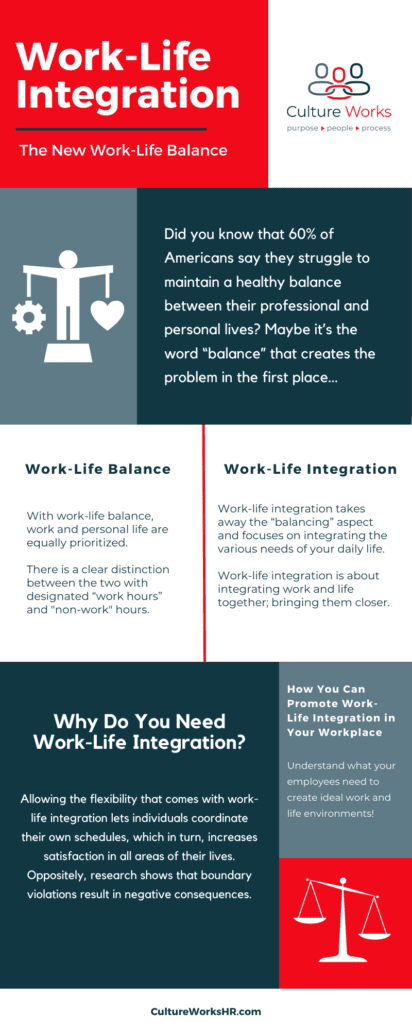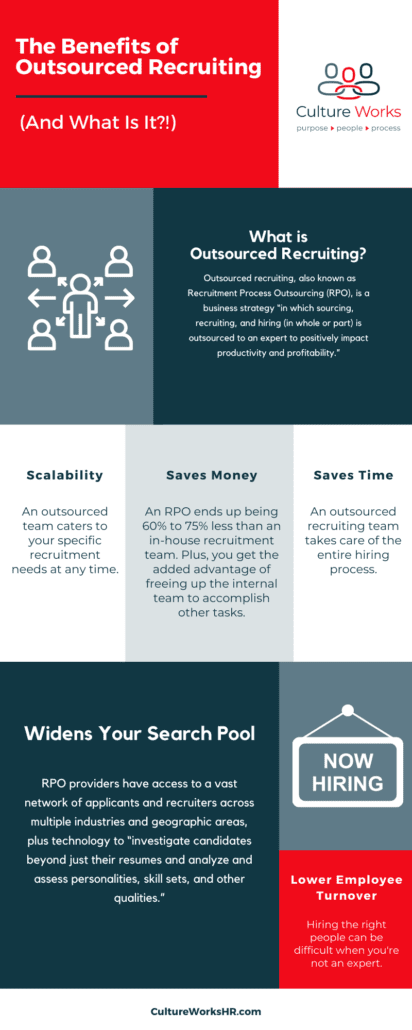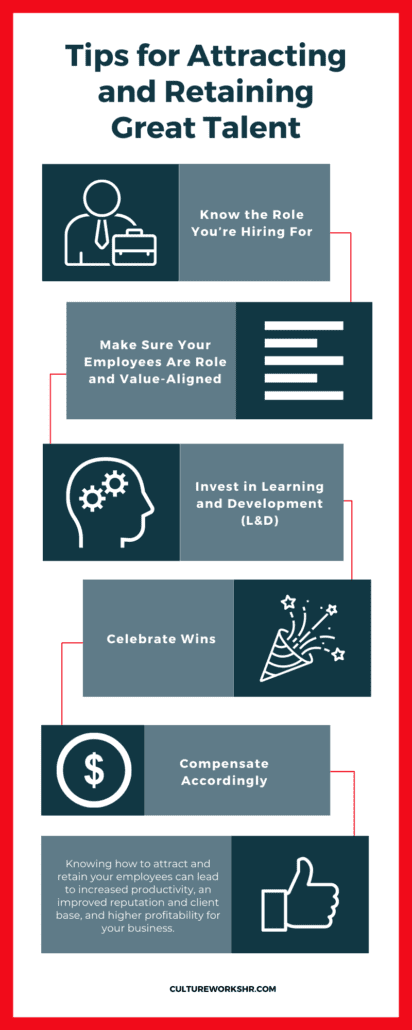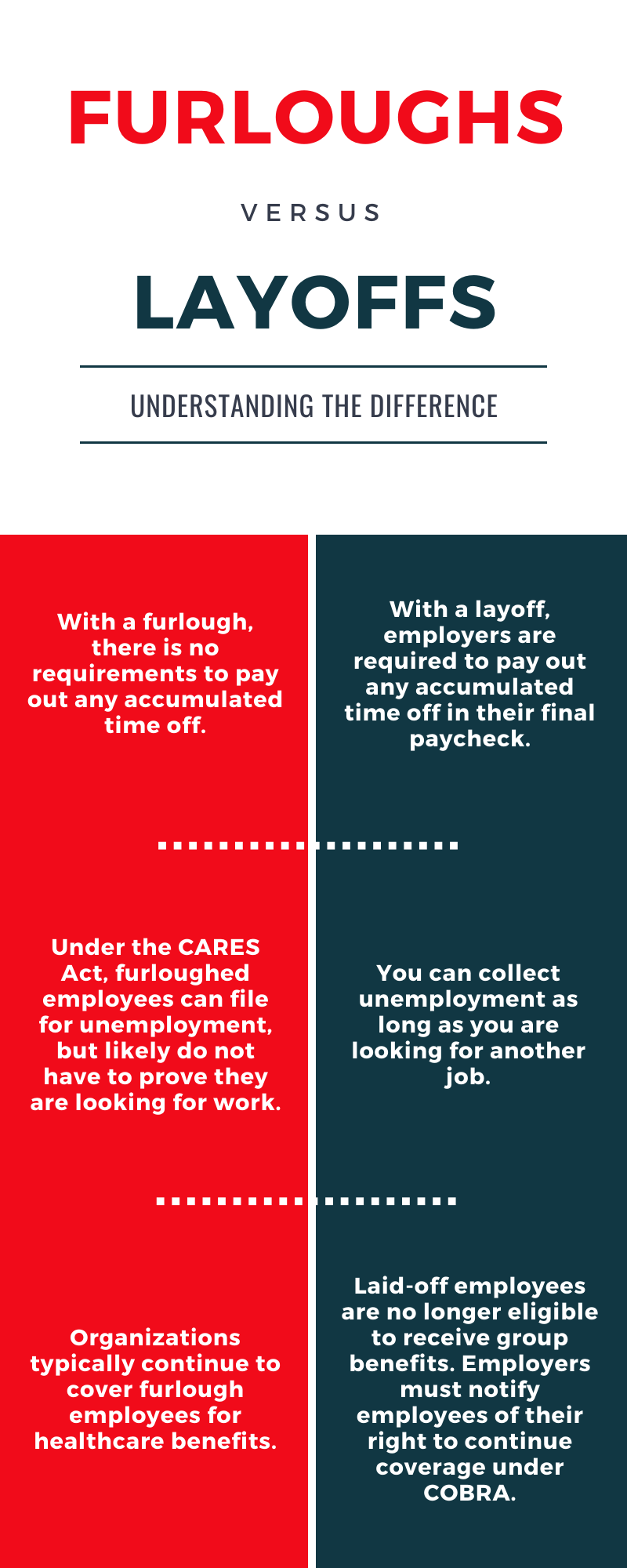Did you know that 60% of Americans say they struggle to keep a healthy balance between their professional and personal lives? But maybe it’s the word “balance” that creates the problem in the first place…
The term ‘work-life integration’ has trumped the traditional concept of ‘work-life balance’ as of late. But what is work-life integration? And why is work-life integration the new-work life balance? (See what we did there? It’s like Orange Is the New Black but with an HR twist!)
Let’s discuss.

What is Work-Life Balance?
Work-life balance, we’ve all heard of it. But what is it?
Work-life balance, according to HR Zone, “refers to the level of prioritization between personal and professional activities in an individual’s life and the level to which activities related to their job are present in the home.”
Typically, in work-life balance, both are equally prioritized. There is a clear distinction between the two with clearly designated “work hours” vs. non-work hours.
In short, when discussing work-life balance, work and life coexist separately.
What is Work-Life Integration?
Work-life integration, on the other hand, is a newly coined term. Work-life integration takes away the “balancing” aspect and instead focuses on integrating the various needs of your daily life.
As the term implies, work-life integration is about integrating work and life together; bringing them closer. There are many ways to do this, but more on that later.
Atlassian explains work-life integration quite well. “Professionals practicing work-life integration care less about what’s ‘work time’ and what’s ‘personal time.’” Instead, they ask themselves, “What’s the best time to do this thing?”
This looks different for each person. For some employees, it might mean working later in the day or night so they can attend a personal event or commitment in the morning.
Work-life integration, unlike work-life balance, “sees every activity in your day as part of a whole.” It’s focused less on compartmentalizing, where parts of your days are broken into ‘buckets’ of sorts.
How Did Life-Work Integration Come About?
We all know that after two years amid a global pandemic, the workspace looks wildly different than it used to. Now more than ever, employees desire flexibility.
In fact, research shows that in the second half of 2021, over 20 million people left their jobs, likely due to a lack of flexibility. The Great Resignation is a phenomenon that we are seeing across the U.S.
According to Fortune, however, it goes beyond people just quitting their jobs. People are rethinking what they want out of life and are challenging the idea of ‘workism’: “the idea that we’re defined primarily by our work, and everything else—i.e. life—must fit into the increasingly small space that is left.”
Work-life integration is one of the answers to preventing The Great Resignation in your business.
Why Do You Need Work-Life Integration?
If the answer isn’t already clear—whether you’re a business owner or an employee—you should consider adopting work-life integration.
Embracing the flexibility that comes with work-life integration lets individuals coordinate their own schedules, which in turn, increases satisfaction in all areas of their lives. Oppositely, research shows that boundary violations result in negative consequences.
As Kaitlin Milliken, multimedia editor of Innovation Leader puts it: “Tailoring an employee’s work situation to their work style and personal situation can help create a productive, balanced work environment… Some thrive in an office setting daily and others are just as efficient working at home some or all of the time.”
“An employee’s personal life does not need to be something that competes with work,” says Milliken. “Enabling people to tend to other parts of their life can help them avoid burnout.
How You Can Promote Work-Life Integration in Your Workplace?
So, how can you achieve this? Although the list is much longer than what we provide below, there is one key way that you can promote work-life integration in your workplace.
Understand what your employees need to create ideal work and life environments!
This considered, here are some examples of what supporting work-life integration might look like in your business:
- Flexible telecommuting arrangements or childcare
- Tuition reimbursement
- Regularly reviewing workloads
- Focusing on productivity rather than hours
- Acknowledging that every employee is (and works) different
Read on to learn the best ways to keep employees engaged and excited about work.














